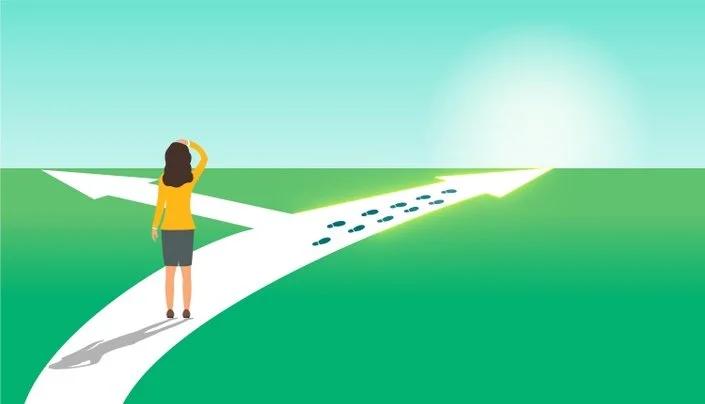Gropius will get an answer: There is a science of design!
/There is a frantic activity going on over new guidelines to design quality buildings and urban spaces. Events, conferences, grants are arranged almost simultaneously and often ignoring each other, causing a kind of energy loss that sometimes hinders the collaboration between different disciplines or between interdisciplinary teams. It seems they tend to highlight diverging points instead of take advatage of the common fields, maybe because there is still confusion about which scientific references should be engaged.
Walter Gropius
Just in the first half of this year there are London, where he has just finished Conscious Cities, San Diego, where the ANFA opens to new research studies to be presented at its International Conference next September. Seattle will soon be home of a summit that seals a marriage between Living Building Challenge and the research institute Terrapin, center of Biophilic Design, and in the meanwhile Rick Fedrizzi, perhaps conscious of the limits that LEED credits may have over occupant's wellness within a buiding, opens the door to the WELL Building Standard.
There are also other research initiatives, among which the neuroarchitecture research "ROOMS" (IUAV among its main partners), that may be considered a "global" and "diagonal" initiative . Rooms tries to overcome economic and bureaucratic obstacles through an original model of crowdfunding that allows everybody (designers and users) to be involved in the investigation.
What emerges from this phenomenon is the need to perform a change of gear in the world of design and its own way of doing research. Research no longer dwell within the walls of Accademy, but begins to be swallowed up by the business world and its appetite for smart investments, whose purpose is "ethical" rather than purely about profit. It is disoriented, and at the same time creates disorientation in those who have so far considered it a firm and safe reference in research. Universities have got the feeling of a new wave coming, although most of them, expecially in Europe, are trying to adapt and proceed with elephantine pace, worried of contamination and identity change.
Very breaking news are those about the the MIT media "Journal Of Design and Science" who have announced to engage a radical new way to lead and legitimize research - actually already adopted by other minor journals- through a more democratic framework that is based on the "pier to pier review". This framework bypasses the traditional, anonimous and slow procedure (peer review) and opens to anyone who believes having something interesting to say.
Is there a risk for trivialization of the problem, or are we facing the opportunity to give voice to whom has been cut off from the dialogue due to dated and obsolete system?
This inclusive attitude in the design research (we give for granted an estabilished sustainable/human-centered design), is required and absolutely beneficial. A "antidisciplinarity" against interdisciplinarity, just to quote Jui Ito, director of the MIT Media Lab, can be the right answer to involve key actors from different cultural backgrounds, who finally can show up and leave behind their sterile criticism of posthumous and useless interventions.
Why should we exclude categories that we know having an important role in modeling our environments, such as psychologists, philosophers, artists ?













